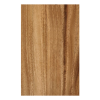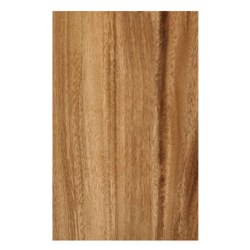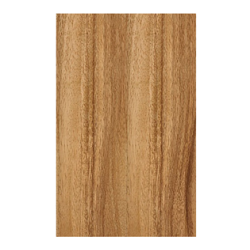Australian Blackwood

Family: Fabaceae - Order: Fabales
- Class: Magnoliopsida
Scientific name: (Acacia melanoxylon)
Trade name:
Australian blackwood
Also known as
Black Acacia, acacia blackwood, Hickory, Mudgerabah or Tasmanian Blackwood
Origin: South
eastern Australia
Instrumental
uses:
Guitar back and sides, Soundboards, fingerboards, bridges, head plates
and bindings.
Tonal properties:
Has more density and has a better tap tone than Koa.
Really good alternative to Rosewood with a punchy bottom end, but the mid and
high ends of a mahogany. The taptone falls between koa and rosewood, however
this fantastic tonewood has a tone of its own. This is one of the favourite
woods for Australian luthiers that use it for many years not only in back and
sides but in soundboards as well. One can expect a bright tone as Koa
with good balance between trebles and basses with great sustain and volume as
most rosewoods. Is an all around excellent tonewood well suited for various
playing styles.
Also it will produce
a great classical guitar, it is very easy to work, turns and glues well, able
to take a very high natural polish. It darkens with age and after finishing
makes a visually beautiful instrument reddish-brown with light black streaks
and sometimes purple.
Australian
blackwood is a moderate dense wood with an average dried weight of 40 lbs/ft3
(640 kg/m3).
Evergreen tree, with leaves slightly shaped like a
scythe and pale yellow spherical flower heads.
Tree up to 15 m, with a dark
brown rhytidome (bark) deeply fissured.
It reproduces by seed; it produces many seeds that remain viable in the
ground for more than 50 years. The seeds are dispersed by birds, wind, water or
rodents. The seeds germinate after a space opening and/or fire occurrences. The
species also propagates vegetatively, forming vigorous sprouts from the stump
and roots. This specie
was brought to Portugal a few centuries ago and this one has grown in Portugal
and it was taken from a big and old tree. Due to the nice properties some
professionals in Portugal calls it “Portuguese rosewood”.
CITES status is unrestricted. Is not reported on
the IUCN Red List.
Gallery Photos




